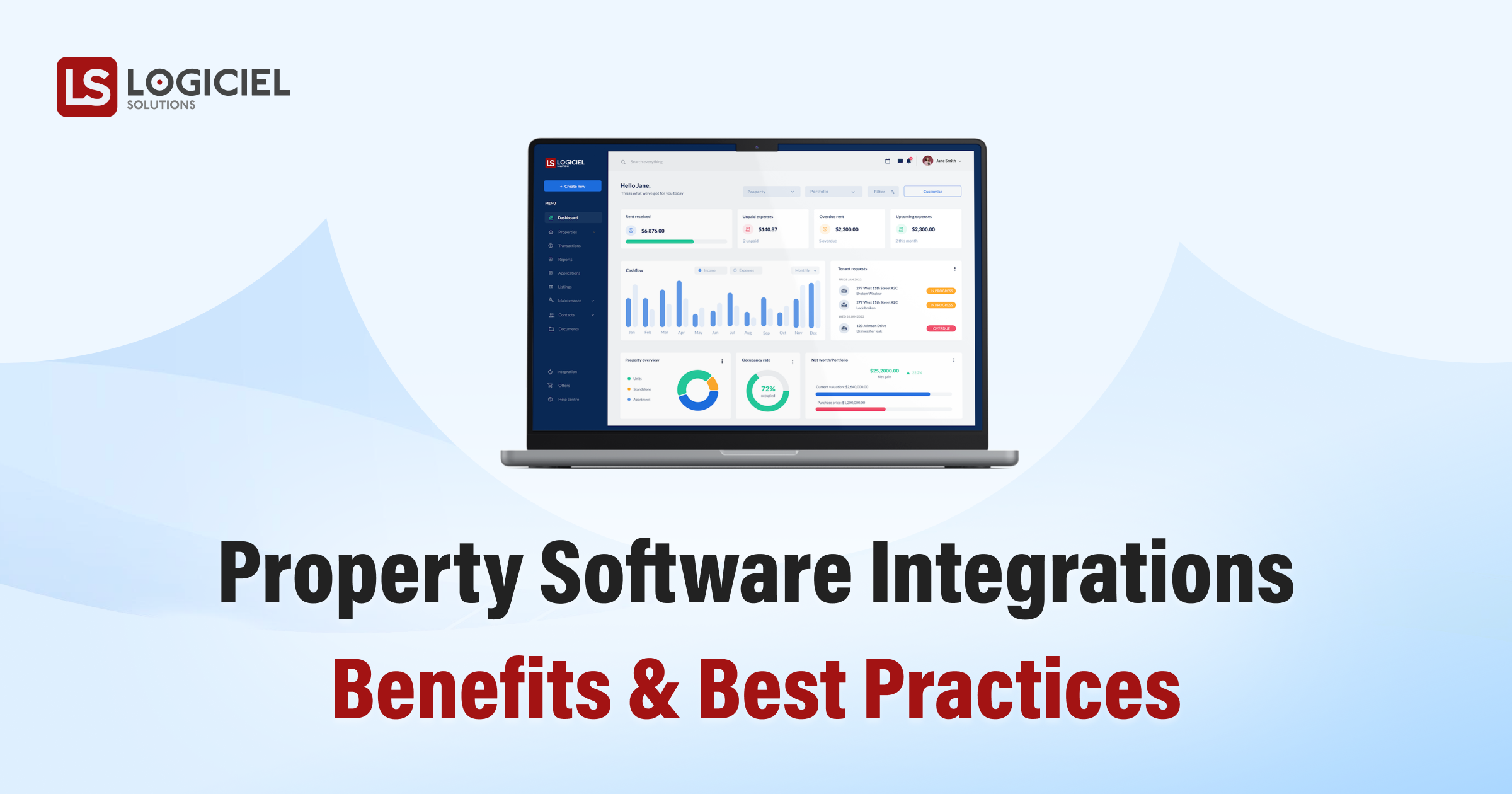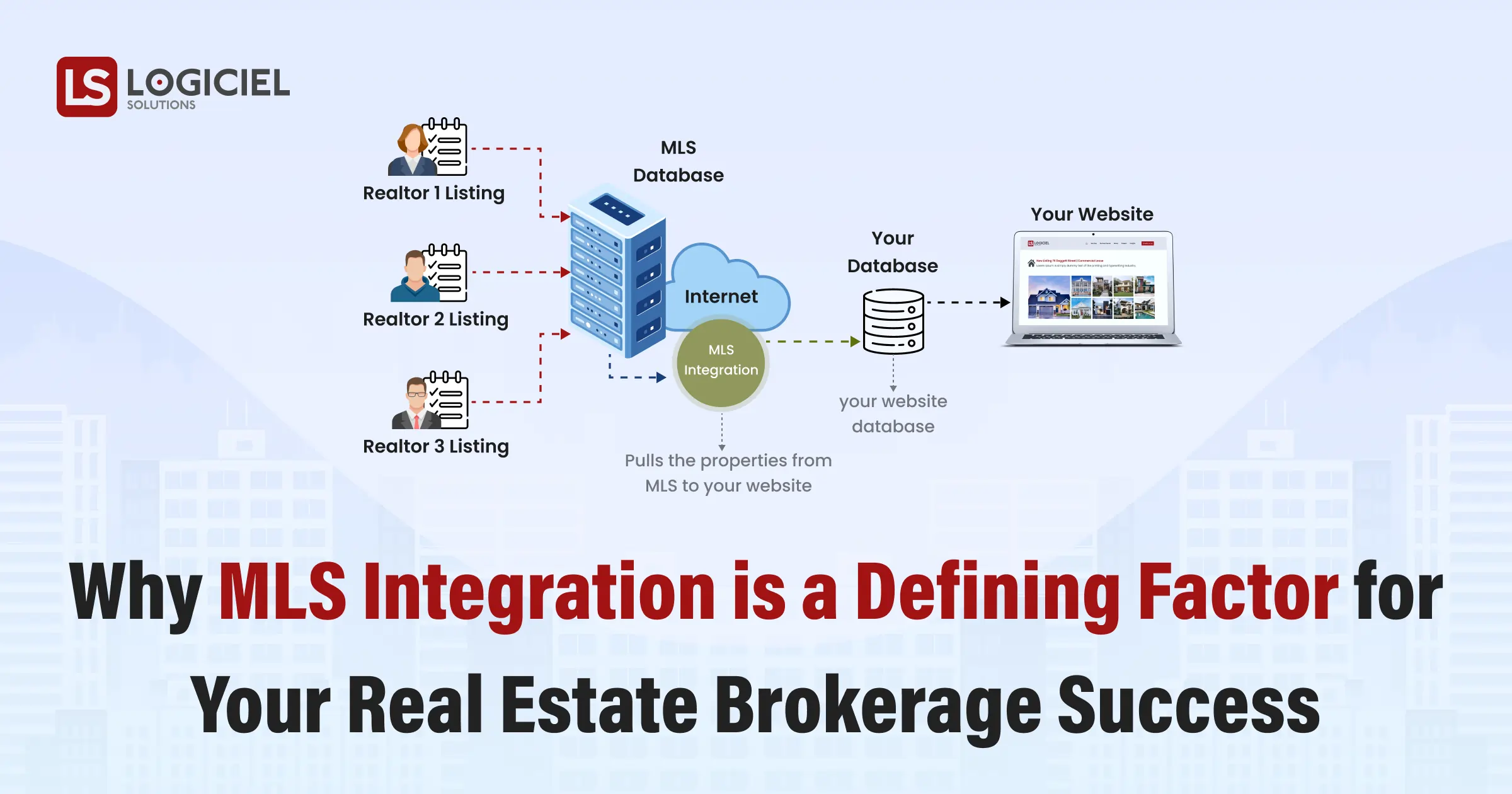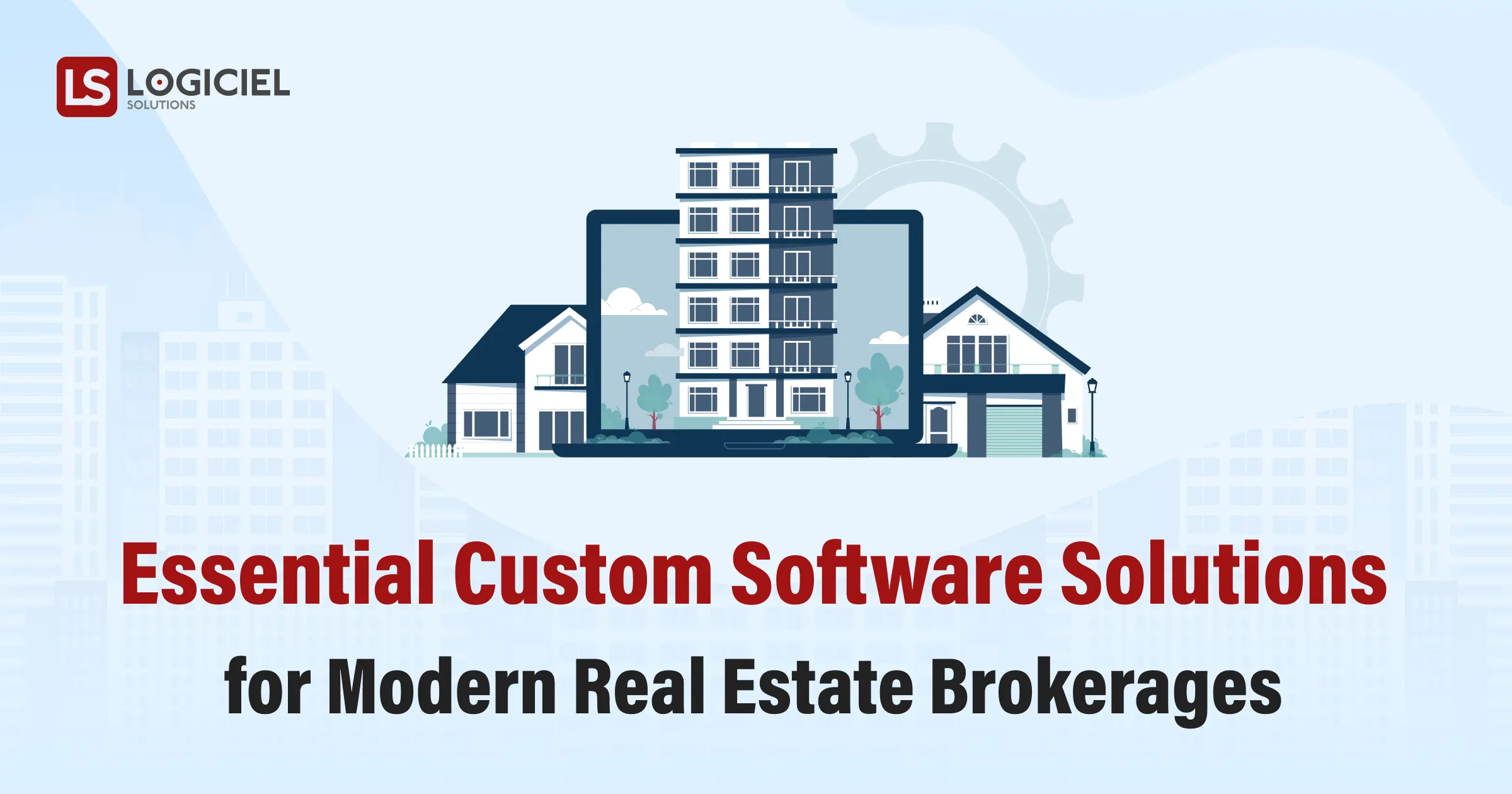Before we move forward and understand how to integrate new and necessary tools with your existing systems, let’s understand what are the key aspects of real estate integrations and why they are important in the digital real estate landscape.
While more and more Real Estate companies are adopting Property Management Software Development solutions, cutting edge tools and technologies to serve better to their clients, there are many stats that say that more than 40% of real estate businesses are still operating with their legacy systems.
So what they are doing to meet the advanced needs of their customers and the growing digital market. They are using integrations to fill the technology gap. Integrating different apps or platforms with their legacy system, they get the potential to operate more efficiently and effectively with the power of the latest technology.
Benefits of Modernizing Legacy Software Through Integration
1. Data Sharing
Smooth integrations make sure that all the collected data from different sources is stored at one centralized location and is easily accessible by authorized parties.
For example, the information collected from the clients and stored in a CRM system can be easily available for a new Property Management Software without manual data entry.
2. System Compatibility
Effective integrations also make sure that the new software is functioning as expected without causing any disruptions with existing tools. This is called system capability evaluation which tests whether the new tools are compatible with the same data formats and patterns as the current systems or not.
3. Workflow Automation
If your integrations are done efficiently, they streamline your workflows and operational processes to make sure that all your activities and tasks are moving seamlessly among the various systems.
Here is an example for such a scenario, a lease agreement created in a document management system automatically updates the status of the tenants in the Real Estate Management Software.
4. Centralized Management
Bringin the data at one centralized digital location is among the biggest advantages of advanced software integration. It enables your real estate organization to manage and control their data from one point.
It means data will still be collected from multiple systems or platforms but it will be stored at one location. This centralized management integration makes it a lot easier for realtors to manage and monitor all aspects of their business from a centralized location.
5. Improved Reporting
Data analytics and reporting is among the critical tasks for any real estate professional and software integrations play a critical role in collecting data from various systems, analyzing it and ultimately providing important insights in the form of reports. Improved Data Analytics and Reporting enables realtors to have deeper insights, resulting in better decision-making.
6. Enhanced Client Communication
Having a smart CRM integrated into your system can do wonders when it comes to managing client relationships. This is how it works, suppose your prospect fills in a contact form on your platform, they will get the immediate responses with the automated and highly personalized follow-up messages.
7. Automated Workflows
Automating the daily activities and tasks is the key role Software for Property Management and software integrations play in boosting your real estate business’s operation efficiency.
These daily tasks involve most of the data entry efforts like updating tenant records, property details sending, processing maintenance requests, and sending reminders for lease renewals manually. Automating such tedious tasks can help your realtors to have some extra time to focus on more critical tasks.
Now we know the main aim of integrations is to ensure smooth operation, data consistency, and enhanced functionality. Let’s explore “The Best Practices for Property Software Integrations”
1. Define Clear Goals
Integration processes may be complex and confusing at the same time, hence assessment and planning is paramount to define the clear goals like what you want to achieve with software integration.
Some of the reasons most real estate companies implement software integrations are to improve collaboration, centralize user data, boost efficiency, and automate processes.
To do so you thoroughly analyze and determine the capabilities, limitations, and compatibility of your legacy system with new integrations. Accordingly you develop an elaborated plan that includes everything from steps involved to timelines, and resources.
2. Choosing the Right Tools and Software
Once you have your plan ready, you need to select the best possible software that meets your needs. You can use APIs or middleware to facilitate communication between the new and existing systems.
3. Data Preparation and Migration
Now it’s time to map data and determine how data will be shared among systems without compromising the data security, fields, and formats.
Data cleansing needs to be performed to clean the existing data and ensure high level of accuracy and consistency before migration.
Here comes Cloud Based Real Estate Management Software or data migration software to transfer data securely from one location to another specifically from legacy system to new digital platform.
4. Development and Customization
Develop and configure APIs to allow the new software to communicate with existing systems. Customize Features to tailor the new software to fit your specific business processes and workflows.
5. Testing
Conduct thorough tests to ensure that the new software works seamlessly with existing systems. Have end-users test the system in real-world scenarios to ensure it meets their needs.
6. Deployment
Implement the integration in stages, starting with a pilot phase to identify and fix any issues. Roll out the integrated system across the organization, monitoring for any problems.
7. Training and Support
Provide training to ensure users understand how to use the integrated system. Establish a support system to address any issues and provide continuous updates.
8. Monitoring and Optimization
Continuously monitor the integrated systems to ensure they perform well. Make adjustments in your Cloud Property Management Software based on user feedback and changing business needs.
Integrating new software with existing systems in the real estate industry means making sure that the new technology works smoothly with the software and tools already in use. This process ensures that all the systems can communicate with each other, share data, and function together as a cohesive unit.
To Conclude
Whether you have a residential property management system, commercial property management system or Real Estate Management Software, advanced integrations can simply transform the way you operate your real estate business.
From property listing integrations to managing client relationships, software integrations have huge potential to maximize your operational efficiency and resource productivity.




